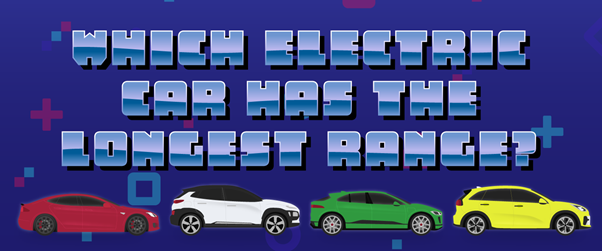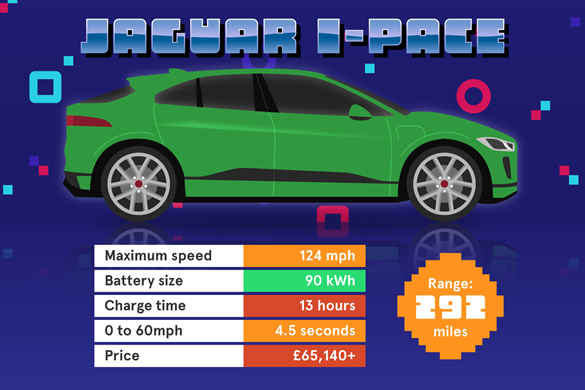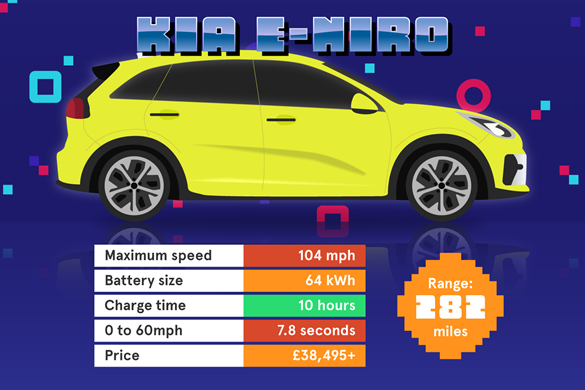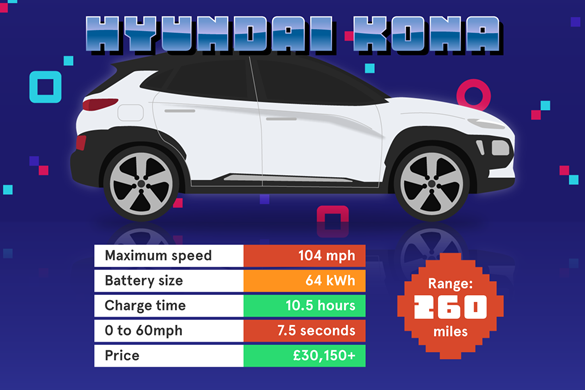
Electric cars have certainly come a long way over the years. Very early electric vehicles could only reach around 100 miles before requiring a recharge, compared to the 600+ miles you could drive on one tank of petrol. This may have put people off purchasing such cars. However, technology has since improved, so which electric vehicles currently have the longest range and how far could they go in the future?
How far can an electric car go?
Electric cars can certainly go for a longer distance on one charge than ever before, but the range will depend on the vehicle.
Typically, in 2020, you can expect to get at least 200 miles from a standard electric vehicle, though this can increase to around 350 miles if you have the money to spend on high-end models, such as a Tesla.
Electric cars with the longest range
Tesla Models S, X and 3
Tesla has taken the electric car world by storm. They’re far ahead of any other technology, with the Model S, Model X and Model 3 able to go for between 315 and 375 miles thanks to the 100kWh battery, meaning these three cars steal the top spot when it comes to range. This range is so far unbeatable, but the performance is unrivalled too. The Model S can achieve 0 to 60mph in under 2.5 seconds and has a top speed of 162mph.

Jaguar I-Pace
The I-Pace is Jaguar’s first mainstream electric car that is suited for everyday road use. It has a range of around 292 miles, still some way off the 315 miles that Tesla’s Model X boasts, but it’s a luxury car that is still both practical and comfortable. It allows faster DC rapid charging, so you don’t have to wait as long before getting back on the road.

Kia e-Niro
The Kia e-Niro has an electric range only slightly less than that of the Jaguar I-Pace, but at a much more reasonable price. The e-Niro can reach up to 282 miles before recharging, however it costs around half the price of the Jag. In fact, this has caused the e-Niro to be so popular, initial stock sold out and Kia have been working hard to produce enough to meet demand. It’s a well-sized attractive looking car with a large boot space, making it ideal and practical for families.

Hyundai Kona
The Hyundai Kona is full of surprises. Hyundai is competing with some of the biggest car brands, such as Tesla and Jaguar, and yet their Kona has a remarkable range of around 260 miles. The 64kWh battery is significantly smaller than that of the Teslas, however it can still drive for a significant amount of time before recharging is required. It’s also one of the most affordable electric cars on the list, coming in at under £40,000.

How far will electric cars go in the future?
Technology never stands still for long, and this means battery power and longevity will only improve. But how far could electric cars go if the technology allowed?
In the 1970s, a compact electric car called the CitiCar was produced, with a range of just 50 to 60 miles. In the 1980s, the lithium ion battery was created that allowed for further technological changes. In the 1990s, GM’s EV1 was released that had a range of up to 90 miles.
Then Tesla came on the scene in 2008 and changed the future for electric cars with the Roadster, a vehicle that could reach up to 200 miles, however they weren’t particularly popular and only 1,000 had been produced by 2010. However, that same year, Nissan released the LEAF. With a range of up to 75 miles, it couldn’t go as far as the Roadster, however it was more widely available.
In 2020, there are a number of electric vehicles to choose from, all boasting various features. In fact, there are currently 165,000 purely electric vehicles being driven in the UK, and popularity is rising. But what does this mean for the future?
By 2030, it’s estimated that the average range will be about 400 miles. With the successful production of the glass battery, this could increase to nearly 500 miles.
If electric cars could only drive for 50 miles 50 years ago and can drive up to 300 miles now, this could mean that in another 50 years, 2070, they might be soaring at nearly 2,000 miles.

